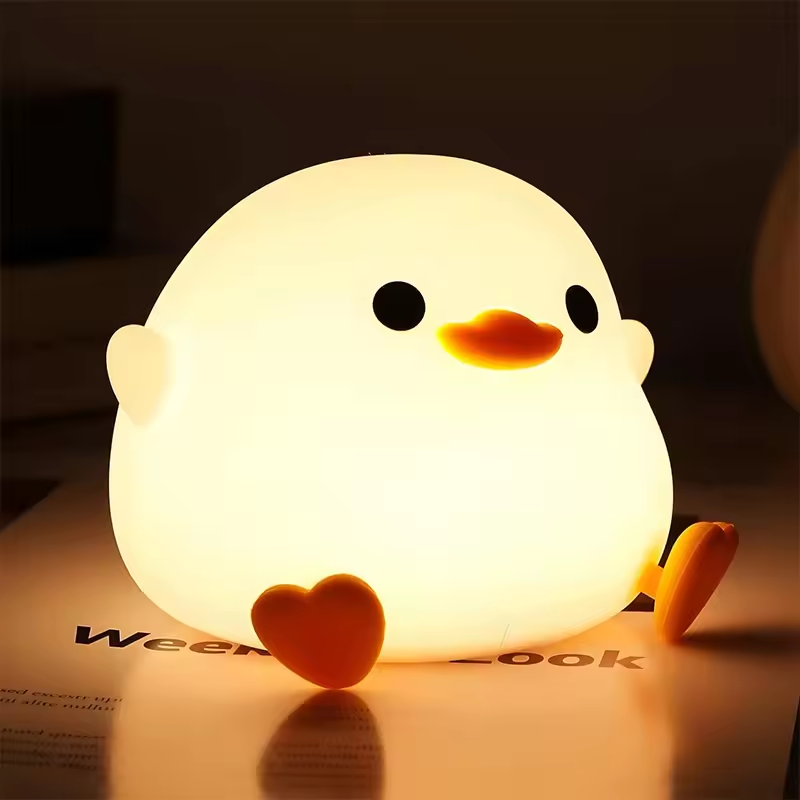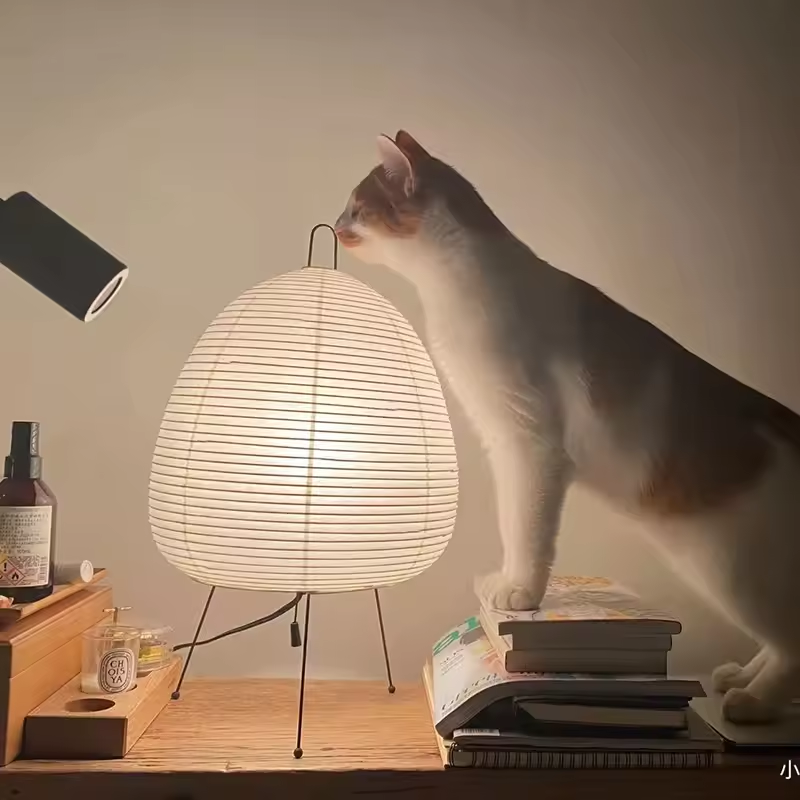 Introduction:
Introduction:
When it comes to choosing light bulbs, the two most common options are incandescent and LED bulbs. While both serve the purpose of providing light, there are significant differences in terms of efficiency, lifespan, and cost. In this article, we will compare incandescent and LED light bulbs to help you determine which option is best for your needs. From energy consumption to environmental impact, let’s delve into the world of these two types of bulbs and make an informed decision.
 Introduction to Incandescent and LED Light Bulbs
Introduction to Incandescent and LED Light Bulbs
Incandescent and LED light bulbs are two distinct types of lighting technologies with varying characteristics.
A. Incandescent Bulbs: Incandescent bulbs generate light by heating a tungsten filament inside a glass bulb until it glows.
B. LED Bulbs: LED bulbs produce light by passing an electric current through a semiconductor, which emits light through a process called electroluminescence.
C. Different Approaches: Incandescent bulbs rely on heat and filament, whereas LED bulbs use energy-efficient semiconductor technology.
Energy Efficiency
Energy efficiency is a crucial factor to consider when comparing incandescent and LED light bulbs.
A. Incandescent Bulbs: Incandescent bulbs are highly inefficient, as they convert only about 10% of the energy they consume into visible light, with the rest being wasted as heat.
B. LED Bulbs: LED bulbs are highly energy-efficient, converting an average of 80% to 90% of the energy they consume into visible light.
C. Cost Savings and Environmental Impact: LED bulbs consume significantly less energy, leading to reduced electricity bills and a lower carbon footprint.
Lifespan
The lifespan of a light bulb is an important consideration, as it affects maintenance and replacement costs.
A. Incandescent Bulbs: Incandescent bulbs typically have a lifespan of around 1,000 hours, which means they need to be replaced frequently.
B. LED Bulbs: LED bulbs have a much longer lifespan, ranging from 25,000 to 50,000 hours, meaning they can last significantly longer before needing replacement.
C. Reduced Maintenance Costs: The extended lifespan of LED bulbs can result in significant savings on replacement and maintenance expenses compared to incandescent bulbs.
Cost Considerations
Cost is another crucial factor that influences the choice between incandescent and LED bulbs.
A. Initial Purchase Cost: Incandescent bulbs are generally cheaper upfront, making them initially more affordable compared to LED bulbs.
B. Long-Term Cost Savings: While LED bulbs may have a higher upfront cost, their energy efficiency and longer lifespan result in substantial long-term cost savings.
C. Return on Investment: Over time, the energy savings and extended lifespan of LED bulbs make them a more cost-effective choice, outweighing the initial price difference.
 Lighting Options and Quality
Lighting Options and Quality
When it comes to lighting options and quality, both incandescent and LED bulbs offer distinct advantages.
A. Incandescent Bulbs: Incandescent bulbs generally provide a warm, soft, and familiar light, which some individuals prefer for specific applications like ambient lighting or certain aesthetic preferences.
B. LED Bulbs: LED bulbs offer a wide range of lighting options, including a variety of color temperatures and the ability to dim or adjust brightness levels. This versatility allows for customizable lighting solutions to suit different needs and preferences.
C. Quality and Efficiency: LED bulbs provide consistent light quality and do not emit as much heat, making them suitable for sensitive applications like artwork, plants, and electronics.
Environmental Impact
Considering the environmental impact of light bulbs is essential for creating a sustainable living space.
A. Incandescent Bulbs: Incandescent bulbs are highly inefficient and contribute to higher energy consumption and greenhouse gas emissions.
B. LED Bulbs: LED bulbs are significantly more energy-efficient and produce fewer greenhouse gas emissions, contributing to a greener and more sustainable environment.
C. Reduction in Waste: The longer lifespan of LED bulbs leads to reduced waste compared to frequent replacement needed for incandescent bulbs.
 A comparison between fluorescent lights, chandeliers, and LED light bulbs:
A comparison between fluorescent lights, chandeliers, and LED light bulbs:
Here is a comparison between fluorescent lights, chandeliers, and LED light bulbs:
Fluorescent Lights:
Efficiency: Fluorescent lights are more energy-efficient compared to traditional incandescent bulbs. They consume less electricity to produce the same amount of light, resulting in lower energy costs.
Lifespan: Fluorescent lights have a longer lifespan than incandescent bulbs, typically lasting around 10,000 to 20,000 hours.
Lighting Quality: Fluorescent lights can produce a bright and even light distribution, but some people may find the light quality to be less ideal due to its cool or bluish color temperature.
Environmental Impact: Fluorescent lights contain small amounts of mercury, which can be harmful if not disposed of properly. They require special disposal methods to prevent environmental contamination.
Chandeliers:
Aesthetics: Chandeliers are often used as decorative focal points in a room. They come in various elegant and ornate designs, adding a touch of sophistication and style to the space.
Lighting Effect: Chandeliers typically use multiple bulbs, which can create a soft and diffused lighting effect that enhances the ambiance of the room. They can also be equipped with dimmers to adjust the brightness as needed.
Installation: Installing a chandelier typically requires proper wiring and mounting to support its weight. Professional installation may be necessary to ensure safety and stability.
LED Light Bulbs:
Efficiency: LED light bulbs are highly energy-efficient, consuming significantly less electricity than incandescent or fluorescent lights while still providing bright illumination.
Lifespan: LED bulbs have an exceptionally long lifespan, often lasting around 25,000 to 50,000 hours or more, depending on the quality and usage.
Lighting Quality: LED bulbs offer a wide range of color temperatures, from warm yellow to cool white, allowing for customization to suit personal preferences. They also provide instant and flicker-free lighting.
Environmental Impact: LED bulbs are considered environmentally friendly as they do not contain mercury or other hazardous materials. They are also recyclable and contribute to lower energy consumption, reducing carbon emissions.
It’s important to consider factors such as energy efficiency, lighting needs, aesthetics, and environmental impact when choosing between these lighting options. Each option has its own advantages and suitability for different applications and preferences.
 Conclusion
Conclusion
When comparing incandescent and LED light bulbs, LED bulbs emerge as the clear winner in terms of energy efficiency, lifespan, cost savings, and environmental impact. Although incandescent bulbs may have a lower initial purchase cost and offer a particular warm ambiance, LED bulbs provide unmatched energy efficiency, longer lifespan, versatility, and reduced environmental footprint. By choosing LED bulbs, you not only save on energy consumption and maintenance costs but also contribute to a greener and more sustainable future. Embrace the benefits of LED lighting and enjoy the efficiency, longevity, and quality of light that LED bulbs provide.



